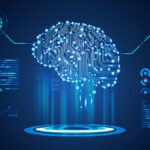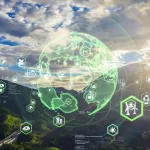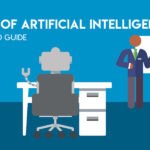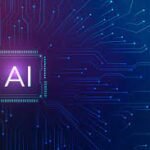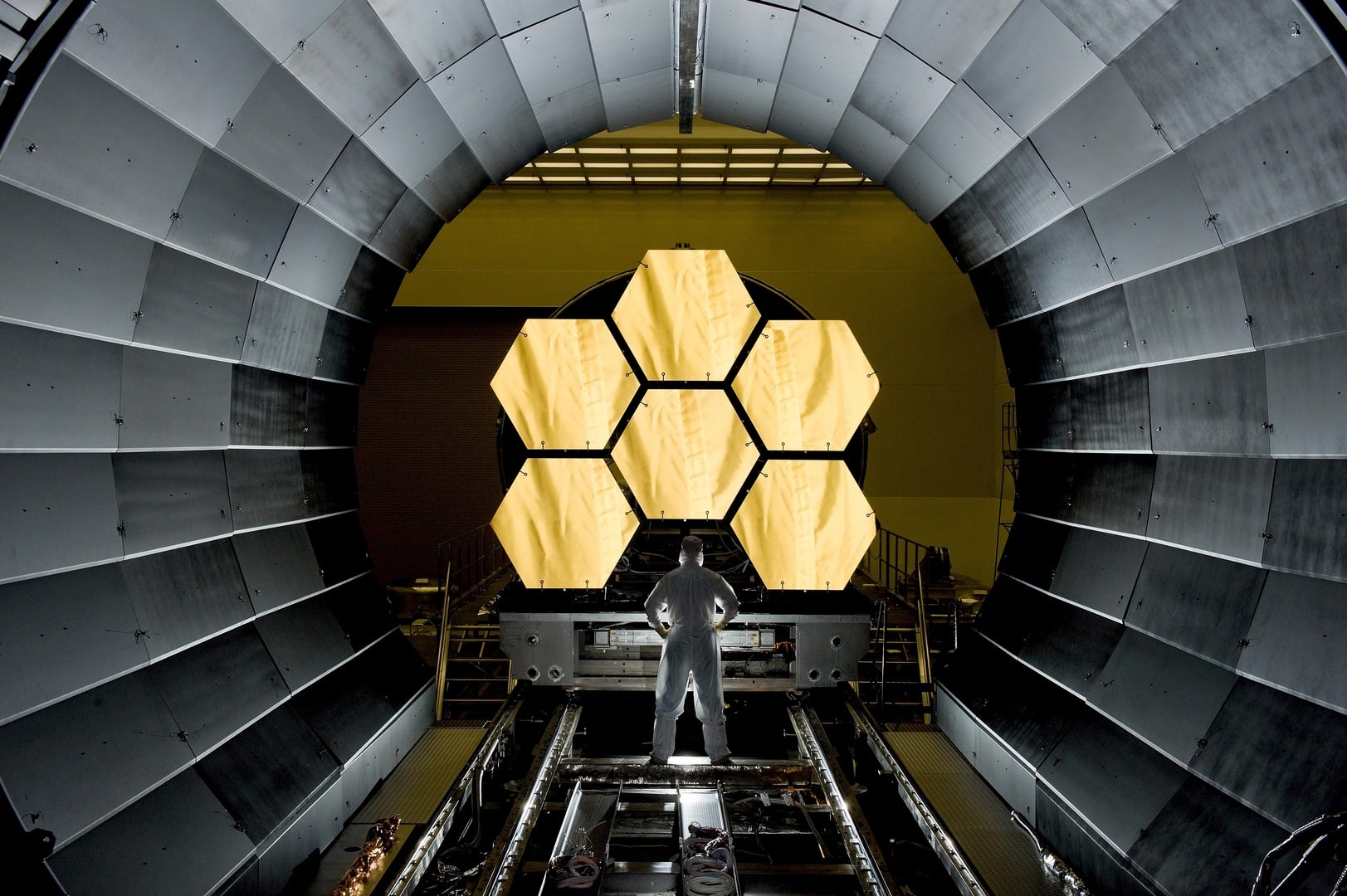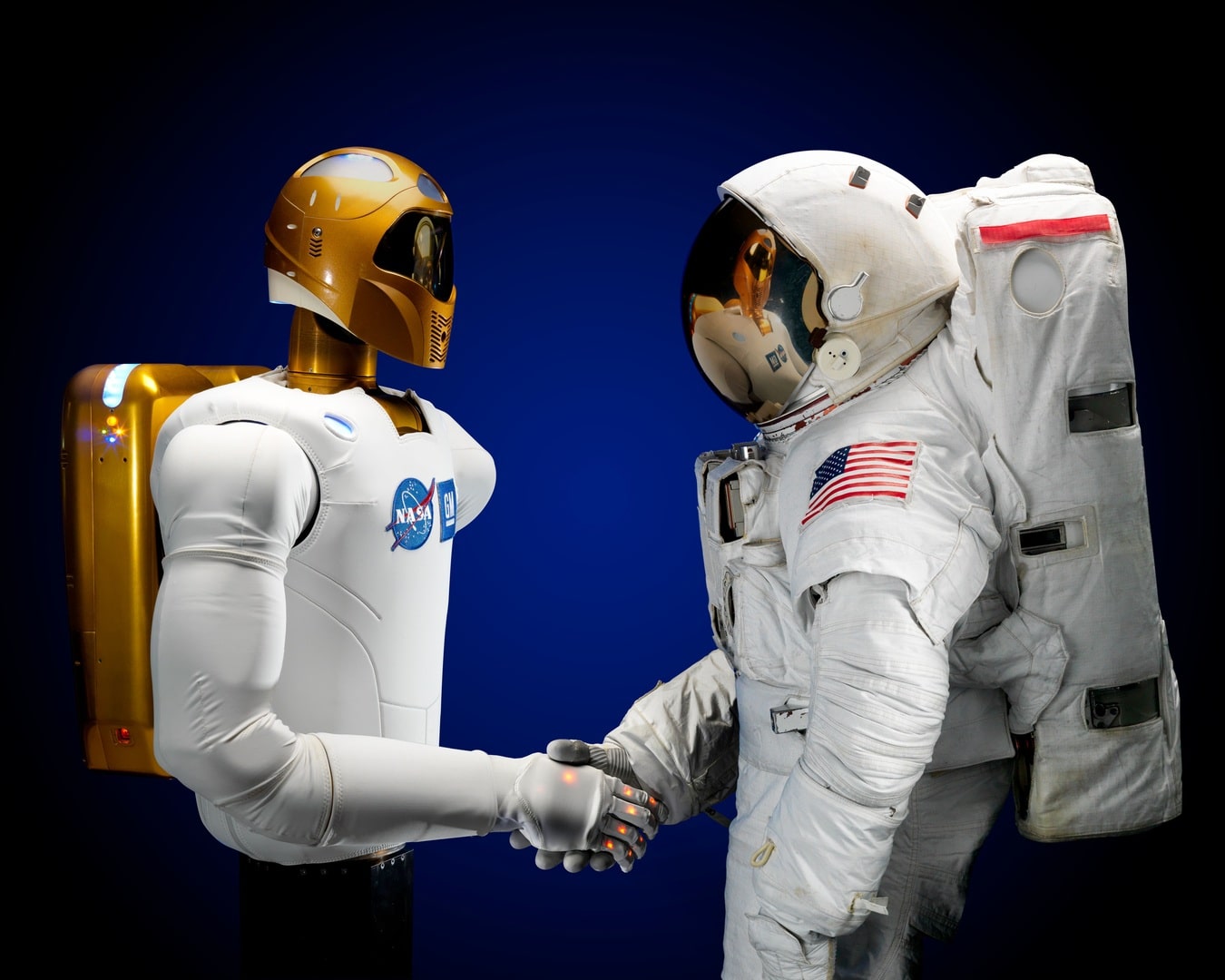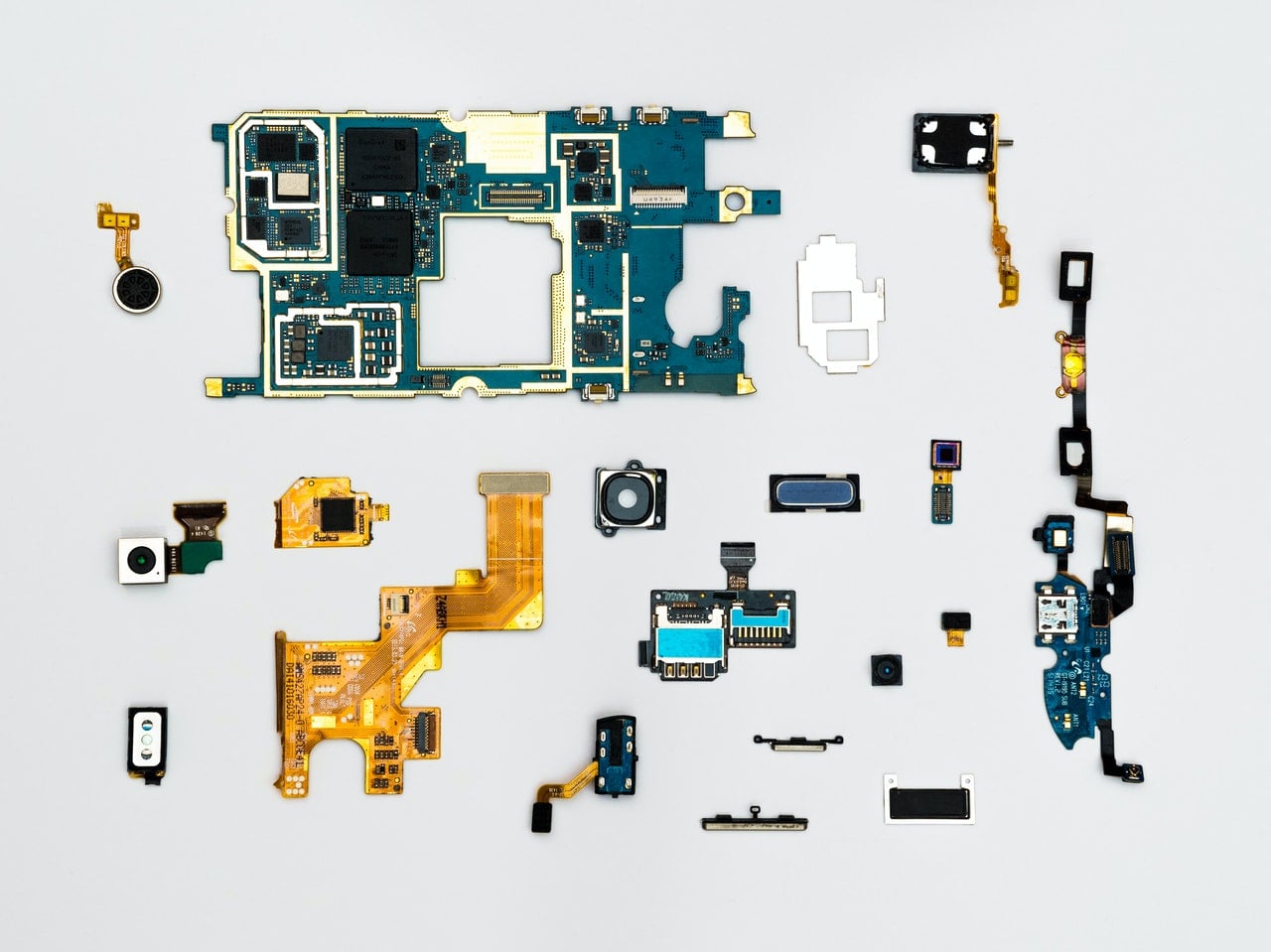AI in Agriculture
In recent years, the agricultural sector has witnessed a significant transformation with the integration of artificial intelligence (AI) technologies. AI is revolutionizing the way we cultivate, produce, and distribute food, addressing the growing concerns of sustainability, productivity, and food security. By leveraging advanced algorithms, machine learning, and data analytics, AI in agriculture has the potential to optimize farming practices, improve crop yields, minimize resource wastage, and usher in a new era of sustainable and efficient farming.
- Precision Farming: Enhancing Efficiency and Sustainability
AI-powered precision farming techniques have emerged as a game-changer in agriculture. By using remote sensing technologies, such as drones, satellites, and IoT sensors, farmers can gather vast amounts of data about their crops, soil quality, weather patterns, and pest infestations. AI algorithms analyze this data to provide valuable insights and actionable recommendations. Farmers can then make informed decisions on irrigation schedules, fertilization, crop rotation, and pest control, optimizing resource allocation and reducing environmental impact.
- Crop Monitoring and Disease Detection
Early detection and prevention of crop diseases are critical to minimizing yield losses and ensuring food security. AI-powered systems can analyze large volumes of data, including images and sensor readings, to identify patterns associated with disease symptoms. By using computer vision and machine learning algorithms, farmers can accurately detect diseases, pests, nutrient deficiencies, or water stress in their crops. This enables prompt interventions, such as targeted pesticide application or adjustments in irrigation, saving crops from devastating losses.
- Automated Farming Operations
Robotic systems and AI algorithms are revolutionizing farming operations by automating labor-intensive tasks. Autonomous vehicles equipped with AI technology can handle planting, spraying, and harvesting operations with precision and efficiency. These robots can operate 24/7, reducing labor costs and freeing up human workers for more specialized tasks. AI-powered robotic systems also ensure uniform planting and crop maintenance, optimizing yields and reducing waste.
- Yield Prediction and Optimization
AI models can analyze historical and real-time data on climate, soil conditions, and crop health to predict yields accurately. By considering factors such as weather patterns, fertilization, and irrigation practices, AI algorithms can estimate crop yields and optimize production plans. This information allows farmers to make data-driven decisions on planting strategies, crop selection, and resource allocation, ultimately maximizing productivity and profitability.
- Supply Chain Management and Quality Control
AI plays a vital role in streamlining the agricultural supply chain, from farm to table. By integrating AI technologies into logistics and inventory management systems, farmers, distributors, and retailers can optimize transportation routes, monitor inventory levels, and predict demand patterns. AI algorithms can also assist in quality control, ensuring that crops meet specific standards regarding size, color, and ripeness. By minimizing wastage and improving overall efficiency, AI enhances the sustainability of the agricultural supply chain.
- Sustainable Agriculture and Resource Optimization
One of the most significant advantages of AI in agriculture is its potential to promote sustainable farming practices. By precisely monitoring and controlling resource usage, such as water, fertilizers, and pesticides, AI can minimize waste and environmental impact. Smart irrigation systems, for example, use real-time data and AI algorithms to deliver water precisely where and when crops need it, reducing water consumption and preserving water resources. AI-powered predictive models can also optimize fertilizer application, reducing nutrient runoff and its negative effects on the environment.





